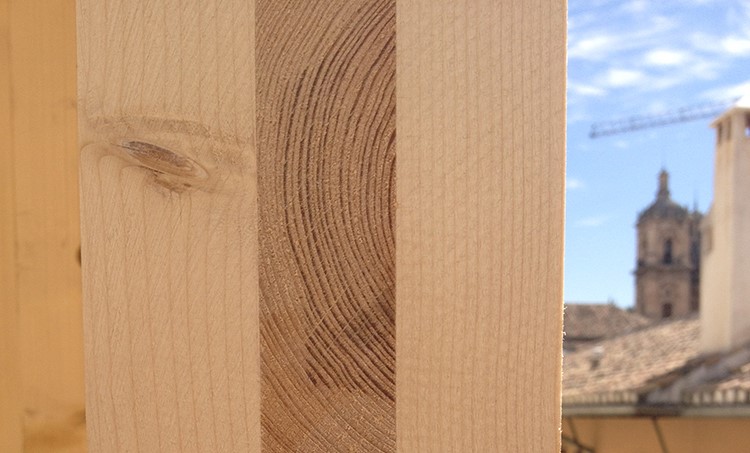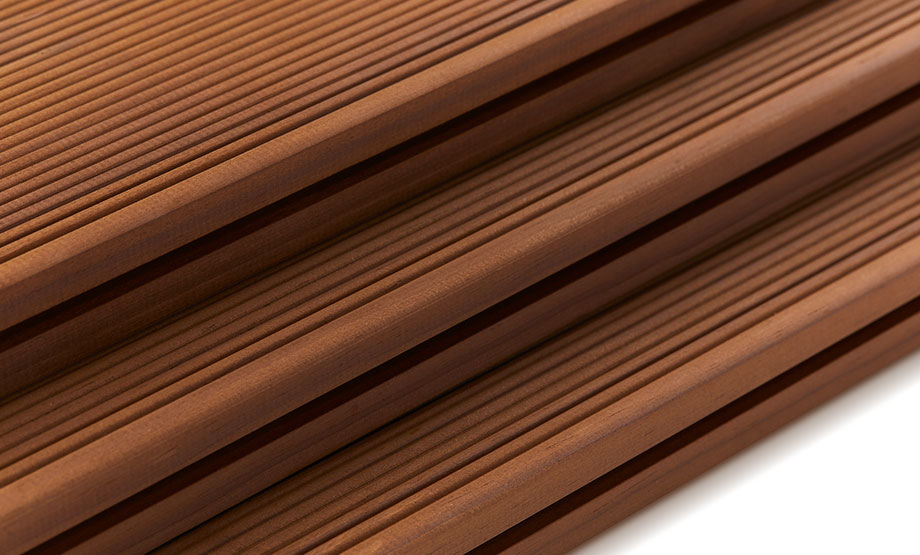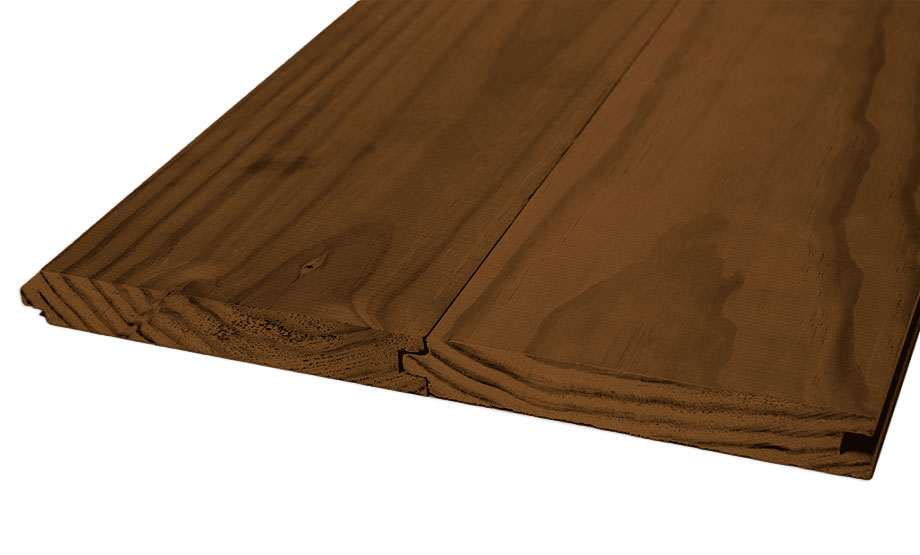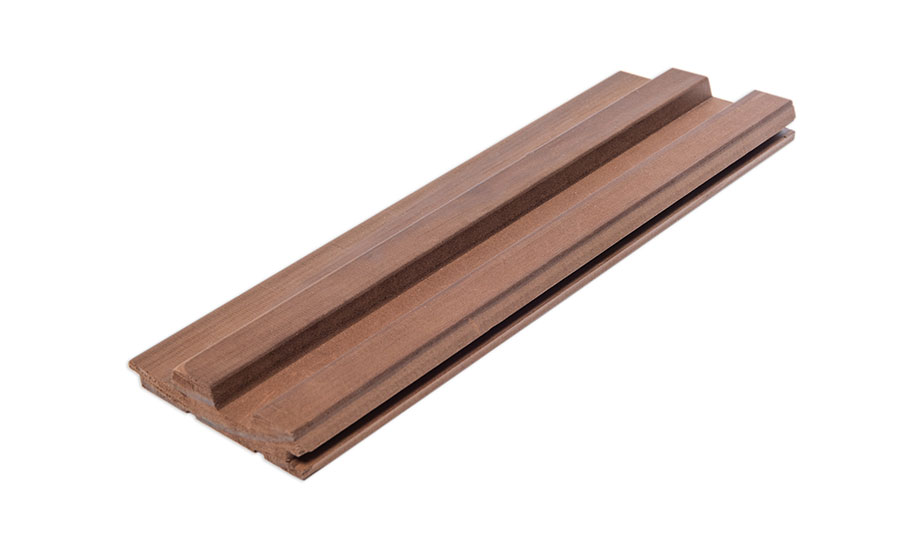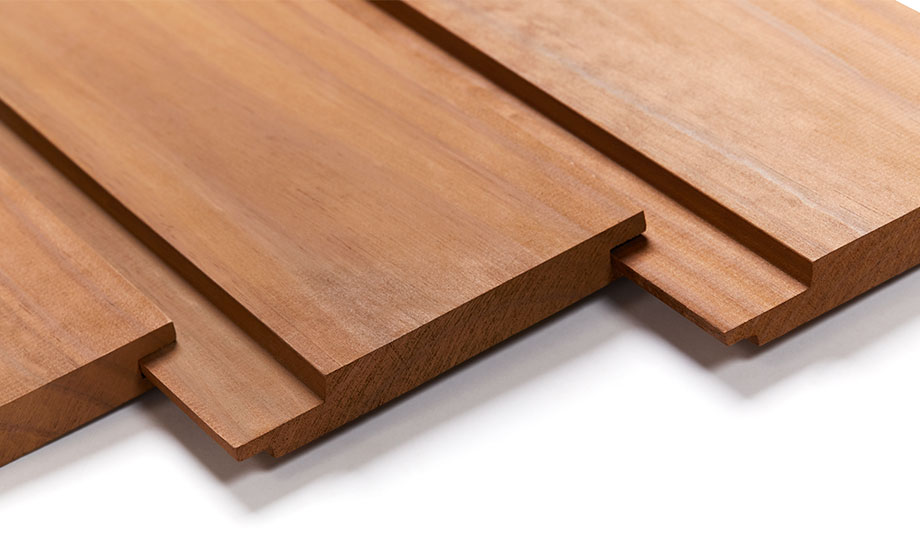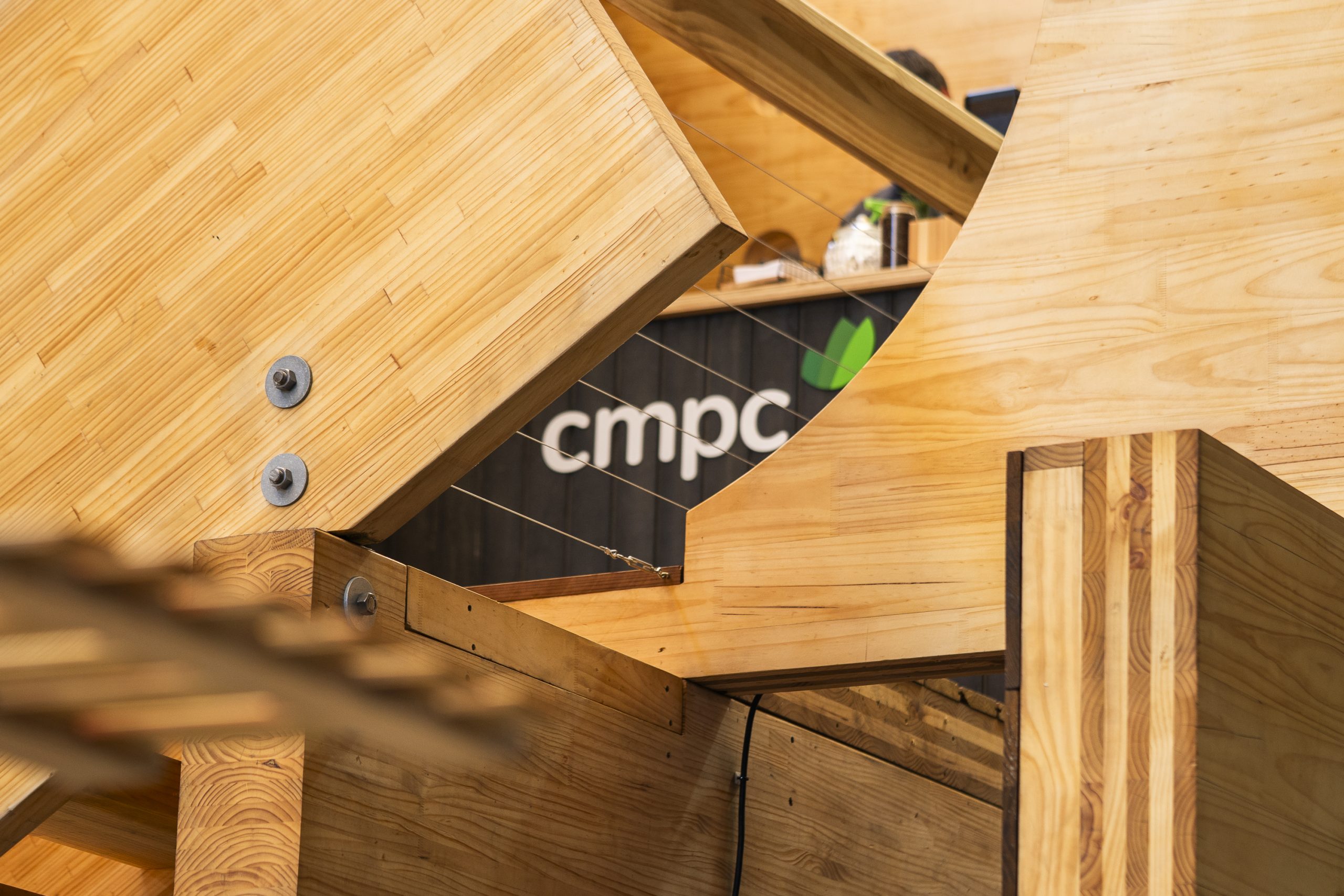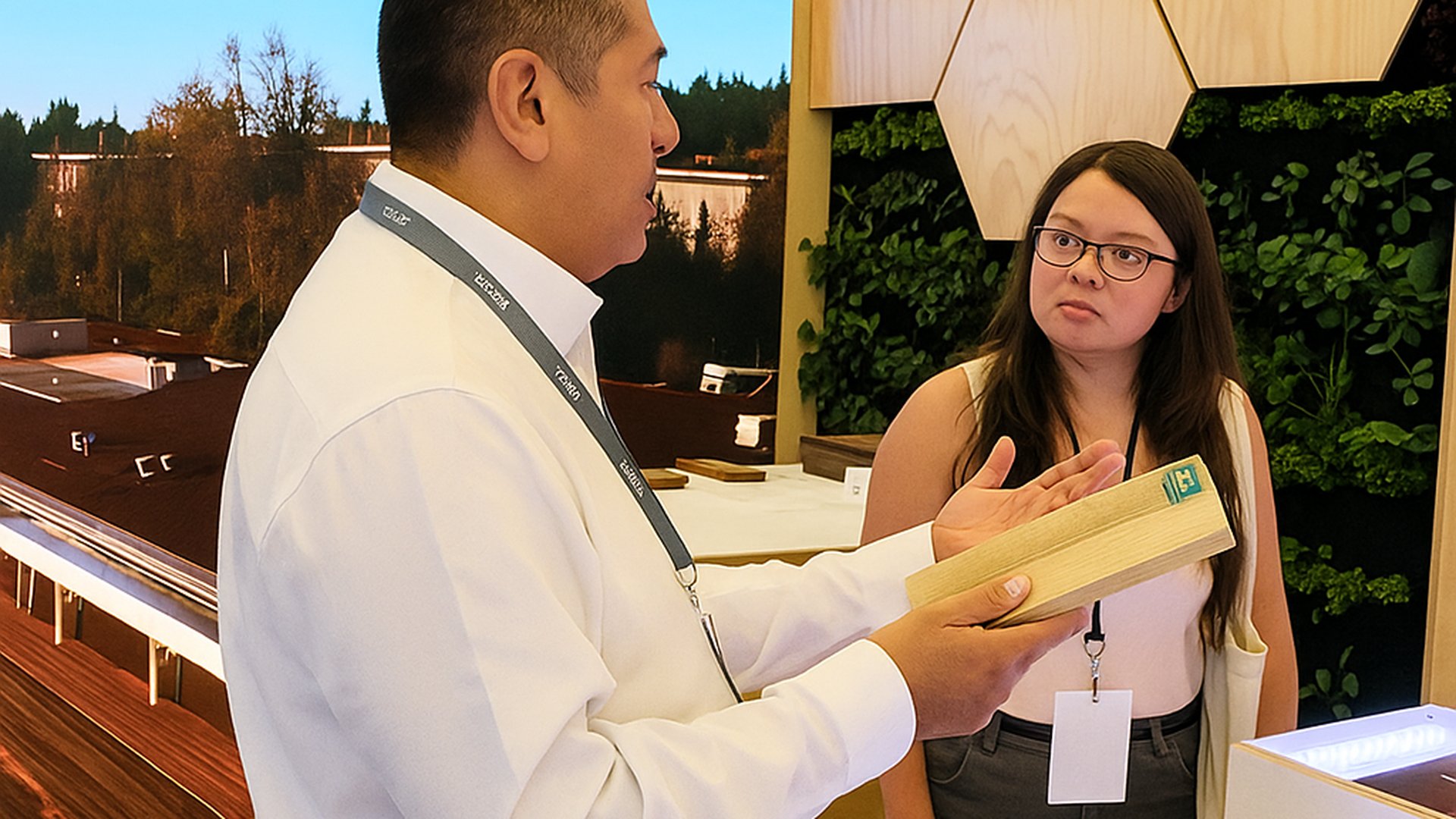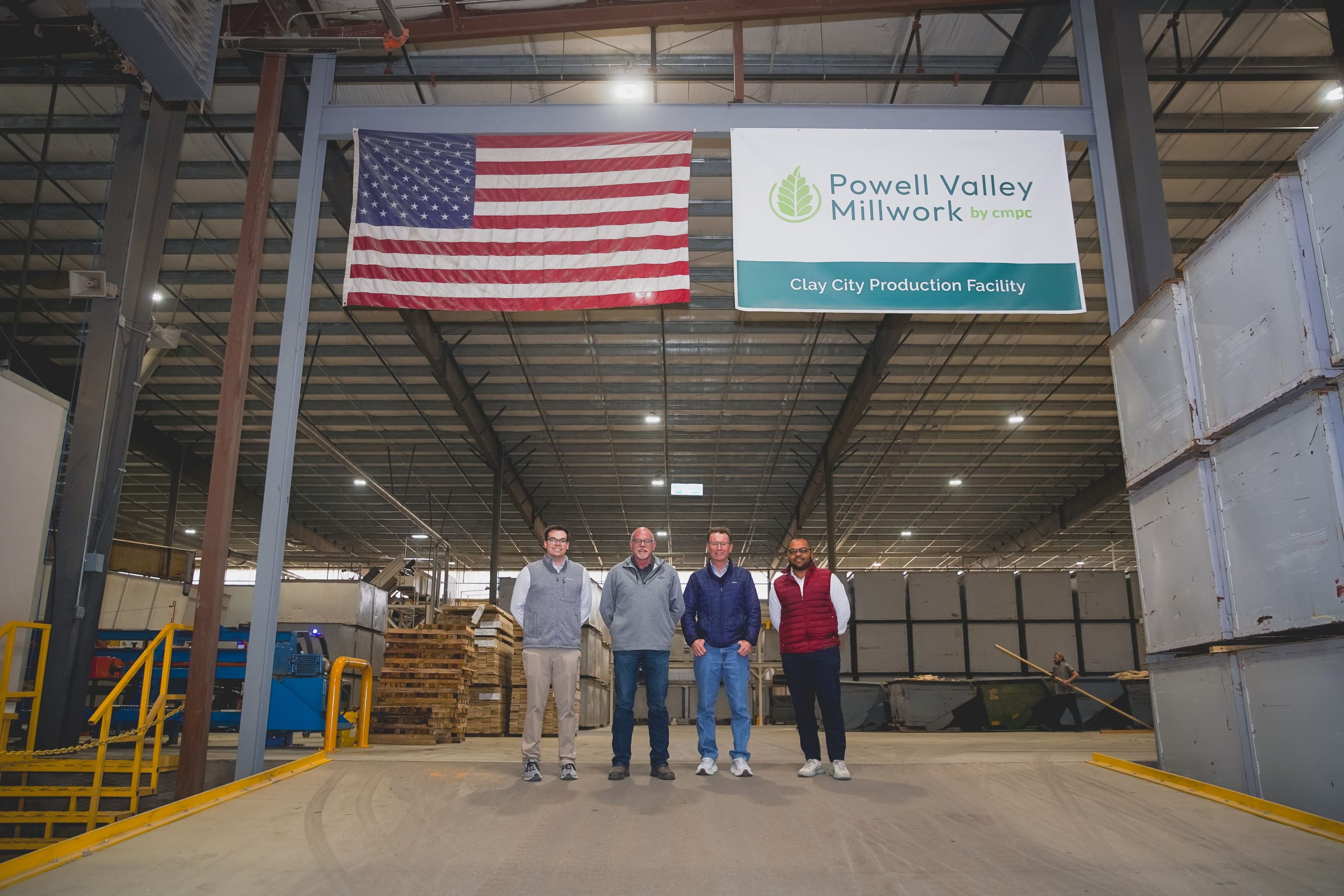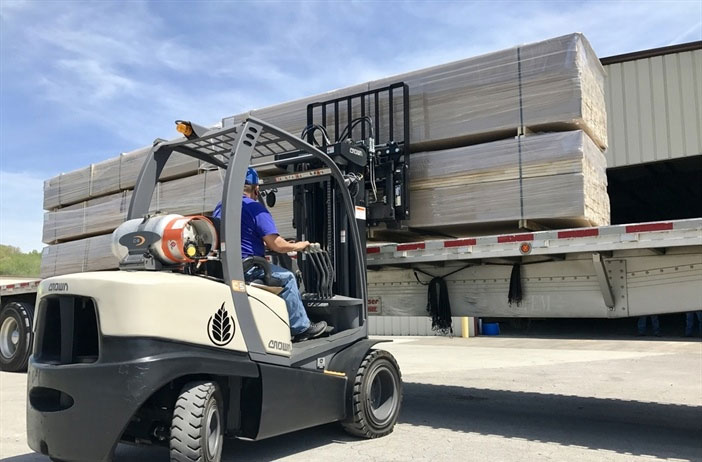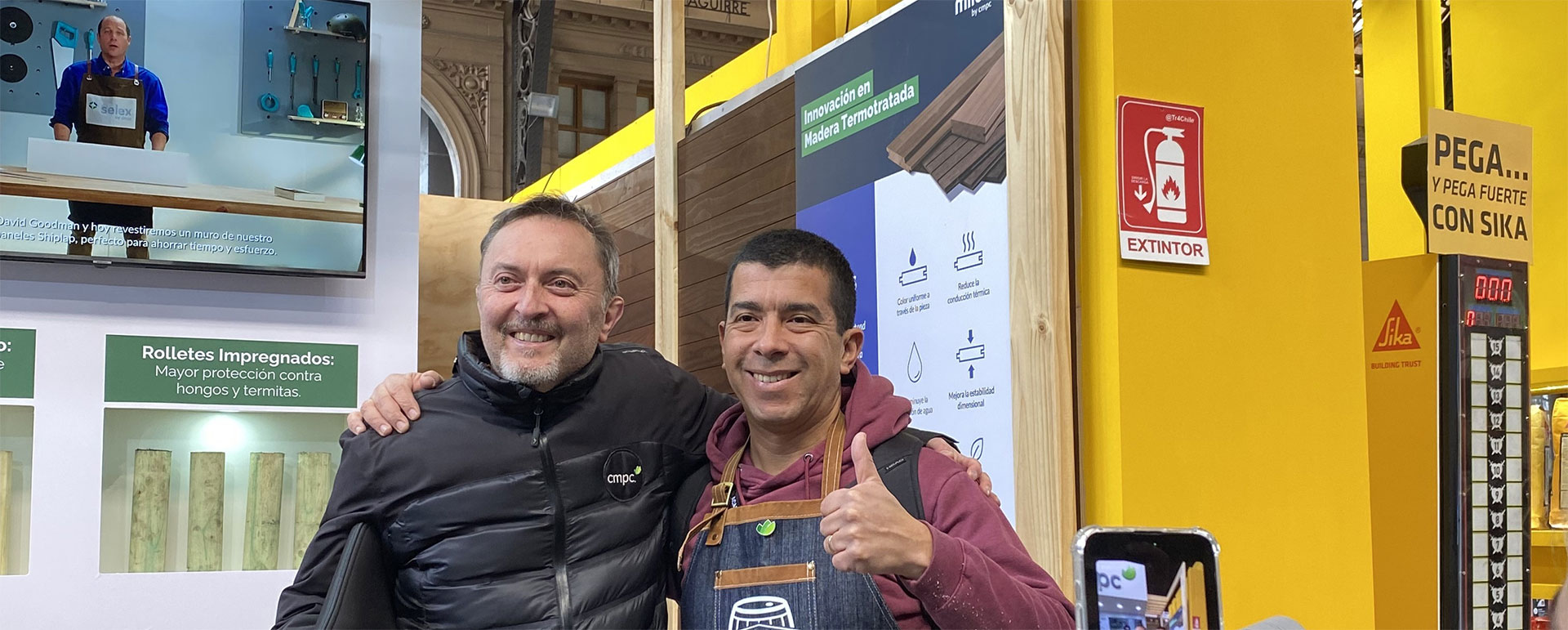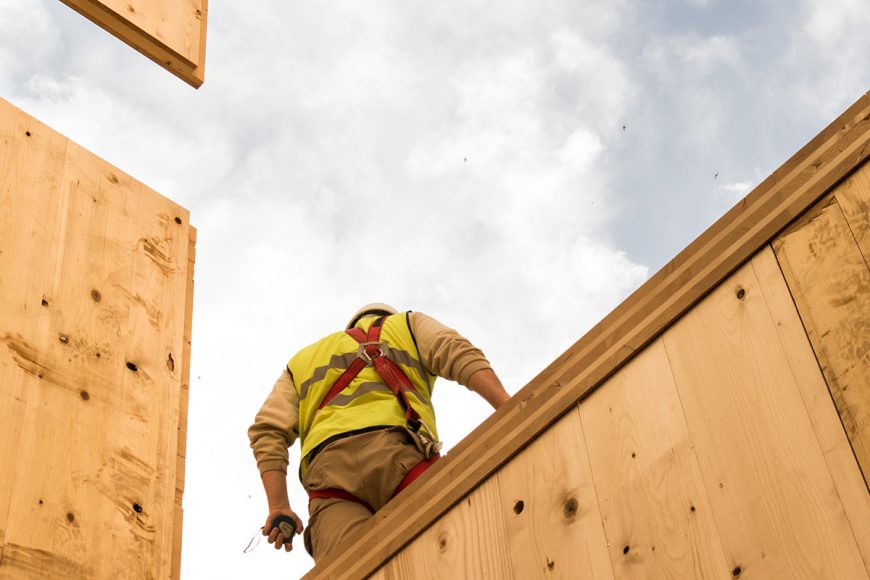
Firm like a tree
Cross Laminated Timber, or simply CLT, is recommended in architecture particularly due to its ability to capture CO2 for more sustainable production, but also due to its qualities in antiseismic construction, and here we’ll tell you why.
-
Firstly, let’s not forget the origin of CLT, because just like the trees it’s made from, it has the same structural behavior, reducing its rigidity to achieve proper earthquake-resistant design.
-
CLT panels are characterized by their anisotropic condition, which allows them to bear loads according to the direction of supports, increasing their carrying capacity as detailed on the site Madera y Construcción.
-
CLT panels can work both unidirectionally and bidirectionally, combining properties of concrete and slab used in construction.
-
CLT has a high flexural strength and a low elastic modulus, which makes the resistance to compression dependent on height and width.
-
CLT buildings are 4 to 5 times lighter than, for example, those made of concrete. In this sense, there are much fewer earthquake-related problems in a CLT structure due to its lightness.
In conclusion, a building with a seismic-resistant design using CLT is capable of withstanding seismic activity just as well as other types of buildings and with less effort, since it inherits the qualities of a tree: light, flexible and resistant.
